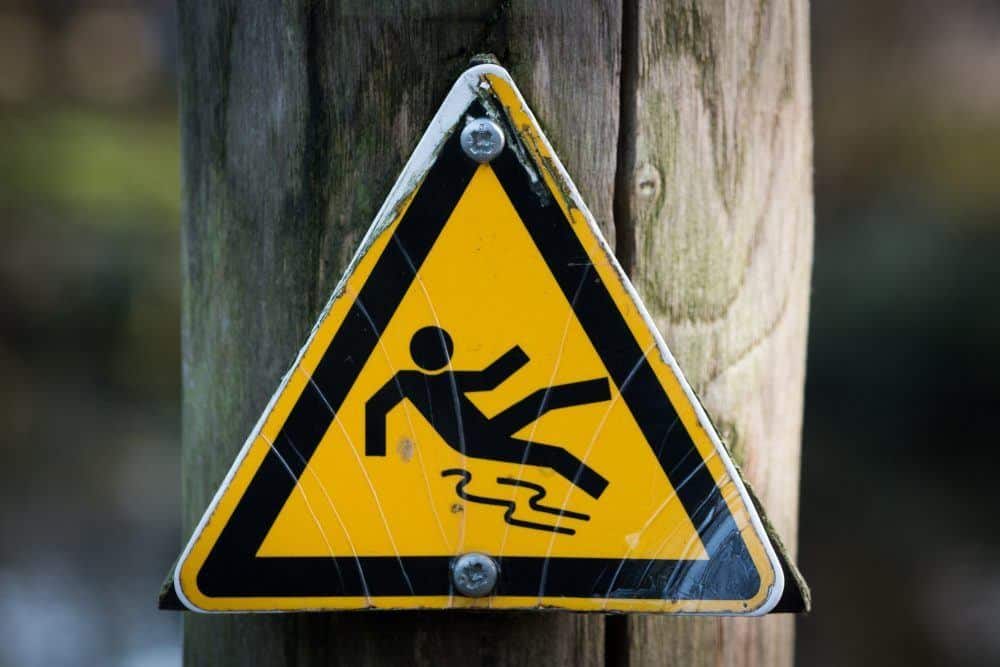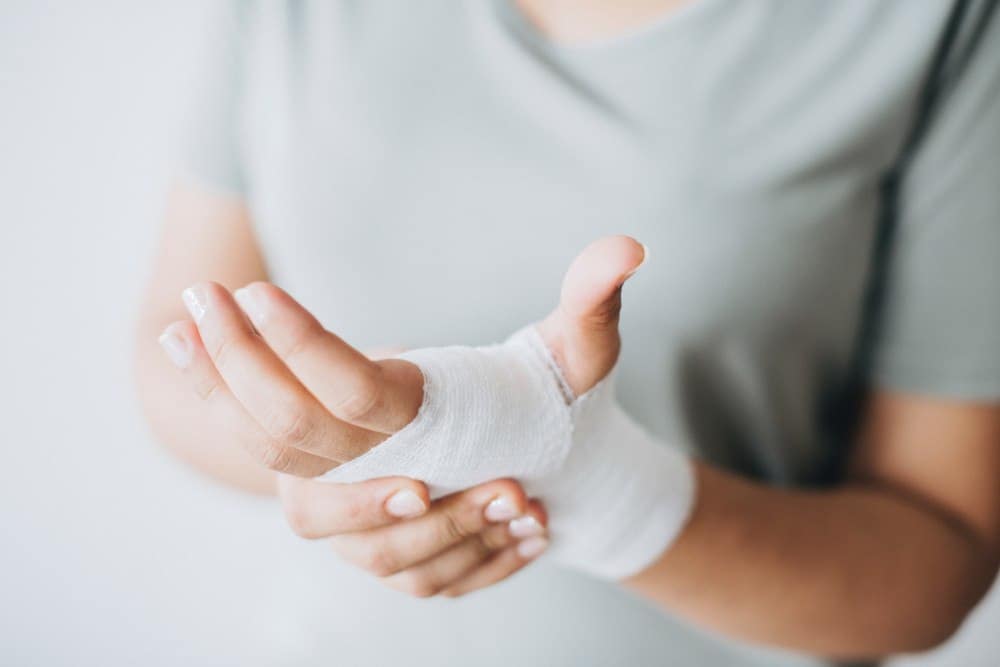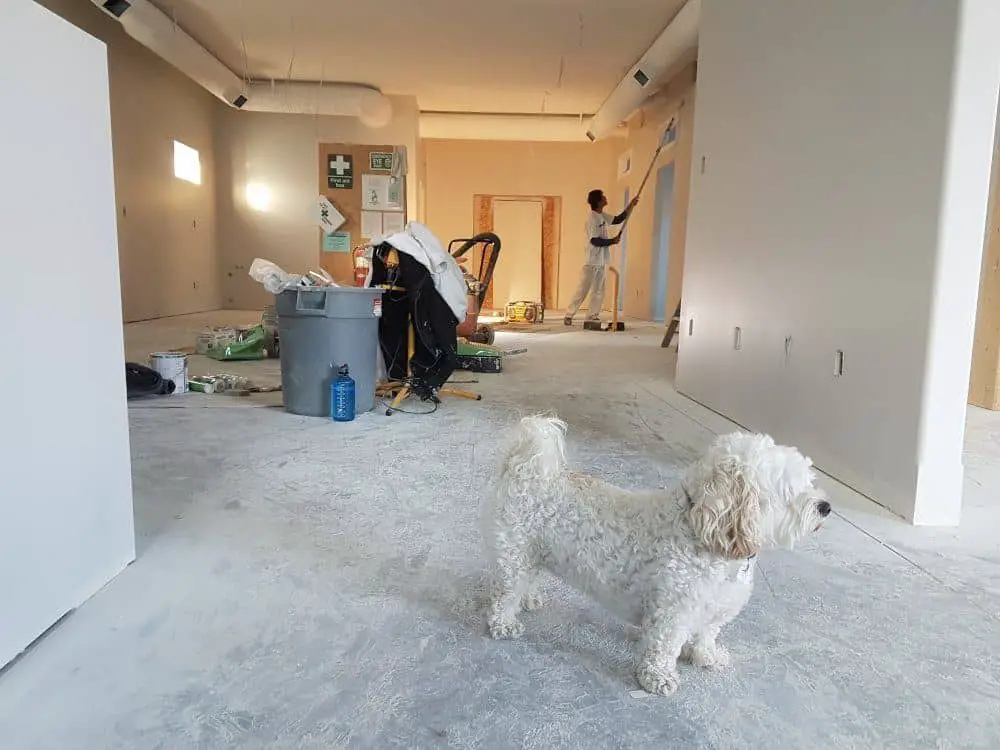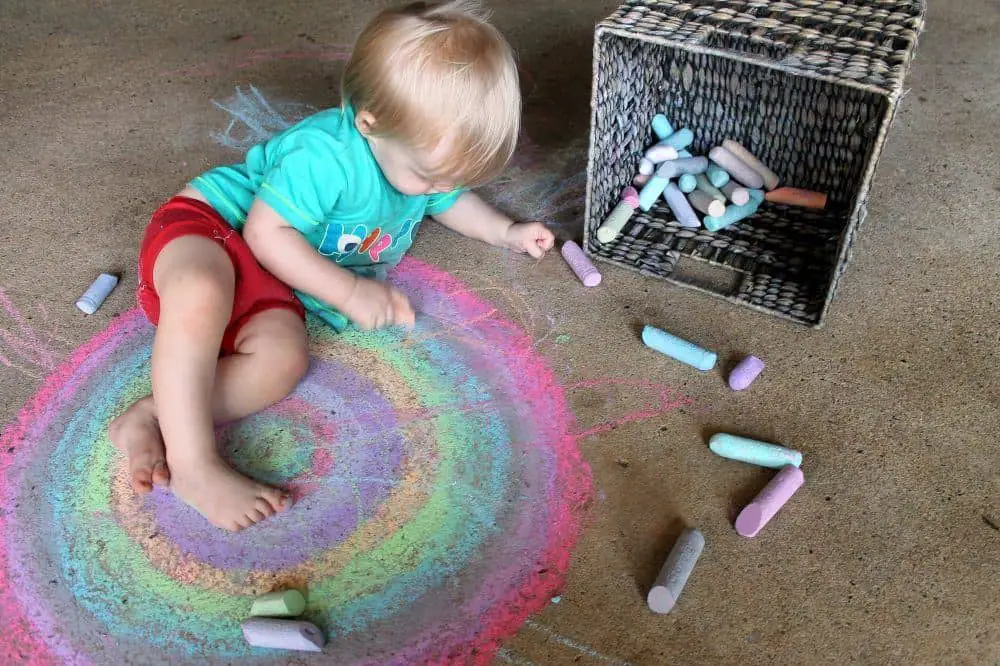Slippery concrete can be extremely dangerous. A small slip and can make you hit your head or break your hip, or make you suffer from worse damage. If there is a concrete surface or decorative concrete in your home, it is important to ensure that it is protected from water and other elements to prevent it from becoming slippery.
You can make concrete non-slip by applying a layer of non slip concrete sealer or adding non-slip additives or silica sand to concrete sealer before sealing. If the concrete is already sealed you can add a layer of slip resistant paint or non-slip strips can be used.

The following are some easy skid safe methods you can try to make your concrete surface non-slippery. Certainly, it is better to be safe than to be sorry.
Table of Contents
Anti-Slip Sealer
The first thing you should try is a slip-resistant sealer. You can try penetrative sealers, which work their magic below the surface, instead of changing the texture of the surface. These sealers penetrate through the pores and react to the surface underneath, making it strong from within.
Naturally, these sealers tend to be non-slippery as they do not change the surface in any way from the outside. You can walk on the sealer coating as if you are walking directly on the concrete with the confidence that you will not slip anytime.

You can also try using a water repellent sealer, many of which reduce surface water absorption by about 95%, leaving the surface resistant to snow, frost, rain, and others. You do not only prevent your family and guests from slip accidents but you also get to protect your concrete from the usual wear and tear brought by weather elements.
Non-Slip Additives
If you find that the sealer alone is not enough to prevent an accidental slip, there are several non-slip additives available in the market that do the job. These non-slip additives will be available wherever you are buying the sealer. They will typically be available in the option of fine or coarse, depending on how much traction you need the slippery surface to have.
Several people have found adding elements like aluminum oxide grit to the sealer makes a huge difference. The material is easily available and works with most types of sealers. The best part is that it is available in multiple colors, so you have a range of options to pick from without compromising the look of your slippery concrete surface. The material is not very expensive and can provide heavy coverage.
Silica Sand
You can also use silica on top of your wet concrete sealer. After putting the silica sand layer, place a second coat of concrete sealer on top of it and you instantly have a finish that makes your concrete not slippery. Take note that the sand may give your concrete sealant a cloudy or milky look but that seems to be a small compromise compared to a large medical bill because of a little slip.
Non-Slip Strips
This may not be the most aesthetic way of making your concrete less slippery but it is definitely the easy way with a high effective rate. There are stick-on, non-slip strips available in hardware stores that you can paste to your concrete surfaces. Of course, this is not a method you can try with indoor concrete surfaces. But if it is your concrete patio, concrete steps, garage floor, driveway, or any outdoor surface you are looking to make more secure, this is also a good option.

Besides, there is a way to make it look aesthetically appealing, too. These tapes can come in a huge variety of colors, widths, lengths, and designs. You can buy them in rolls where you can cut them off in the length that you desire and you can buy them in pre-measured sections for a more uniformed look. The strips have to be pasted equally distant to create a neat pattern so that it can look like a style you chose (and not something you had to do out of need to avoid a slip).
Take note that the recommended temperature to apply these non-slip strips is around 70 degrees Fahrenheit. Make sure that the concrete is clean and dry before sticking them on. Sure, these strips can take some getting used to, but if it means your family and loved ones can be safe, it is worth it.
Hydrochloric or Muriatic Acid
You can etch slippery concrete and give it a rougher surface using a 25% solution of muriatic acid. The acid can eat away the top layer of the concrete and expose the sand that was mixed into the concrete. Because of this exposure, the concrete will have a slightly rough surface that resembles that of a sandpaper.
This turns your slippery concrete into a skid safe floor even when it gets wet. Make sure to wear safety goggles, rubber gloves and protective clothing when doing this method.
Prime and Paint
You can also have the slippery concrete primed and painted again while mixing some grit additives to the paint to make it non-slippery. Clear grit works like silica sand but it has the advantage of not making your concrete sealer look cloudy. Again, the gritty material will be available where you buy the concrete paint from.
Simply follow the recommended proportions and add it to the paint as instructed. While sand and sawdust may also be an effective grit additive, the newer material, sold especially to make concrete less slippery, is much lighter and mixes with paint more easily. So you will have a much easier time working with these additives. If you run into any problems with your paint job we've got a guide to help you remove paint from concrete.

Color Hardener
Another method that seems to work for contractors is to use color hardeners. Even if you simply throw the hardener on, you will notice the enormous benefit and heavy coverage it can provide. In some weather conditions, it may even be a better option than putting a polymer grit additive in the concrete sealer.
The color hardener does not show as prominently on the surface as a polymer grit would. It is also far more durable than the sealer, which is important because as soon as the sealer breaks down, the additive has to be lifted off as well to make sure no slip can happen. With this color hardener technique, you will not have the same problem.
Rock Salt
Another easy solution for you to make concrete not slippery is to add rock salt to the cement before it cures. Rock salt can add texture to your concrete and it is considered to be an attractive finish to it. All you have to do is sprinkle rock salt all over your wet concrete then smooth the concrete out using a trowel. When the concrete is cured completely, the salt on the surface can be easily washed away.
Better Concrete
Most importantly, if you can help it, try to focus on laying down the best quality concrete so you do not have to rely on a sealer so much to avoid a slip. If the concrete is durable and the paint job you do on it is thorough, even a thin layer of sealer can be sufficient enough to avoid an accidental slip in your home. A thin layer of sealer will also prevent plastic build up.
The more decorative (or otherwise) sealer you need to add to your concrete surface, along with grit additives, the greater the chance of sealant failure. Remember, you are using the sealer to make your concrete stronger. Ensure that the sealer does not end up being the reason for the concrete’s weakness.

If the concrete is strong and durable, the job of the sealer becomes much easier. When applying the concrete, see if you can use a wooden float or broom to apply it instead of a hand trowel. A trowel will make the concrete overtly slick while a float will leave behind a sandier texture, which helps make the surface non-slippery. A wooden float and broom can also add a good finishing touch to the concrete that does not only make it less slippery but will also make it easy to clean.
Final Thoughts
Concrete surfaces can complete the look of a room or any surrounding it is laid out on. If done well, concrete surfaces can be considered as decorative and add to the aesthetic appeal of its surroundings. However, you may have heard of accidental slip and other mishaps taking place on concrete more often than it should.
Even a small pool of water on concrete can become extremely dangerous if not treated properly. This is not only a cause for concern for older people and children, but even young people in their prime can hurt themselves very badly by slipping and falling on concrete.

Remember: accident-prone areas involving slippery concrete are usually in steps, garage floors, and in patios (especially when near a pool). The methods recommended above have been tried and tested for a long time and have proven to be easy, effective, and skid-safe. Speak to your sealer manufacturer to find out the best methods to suit your concrete sealer and make your concrete surfaces non-slippery.
